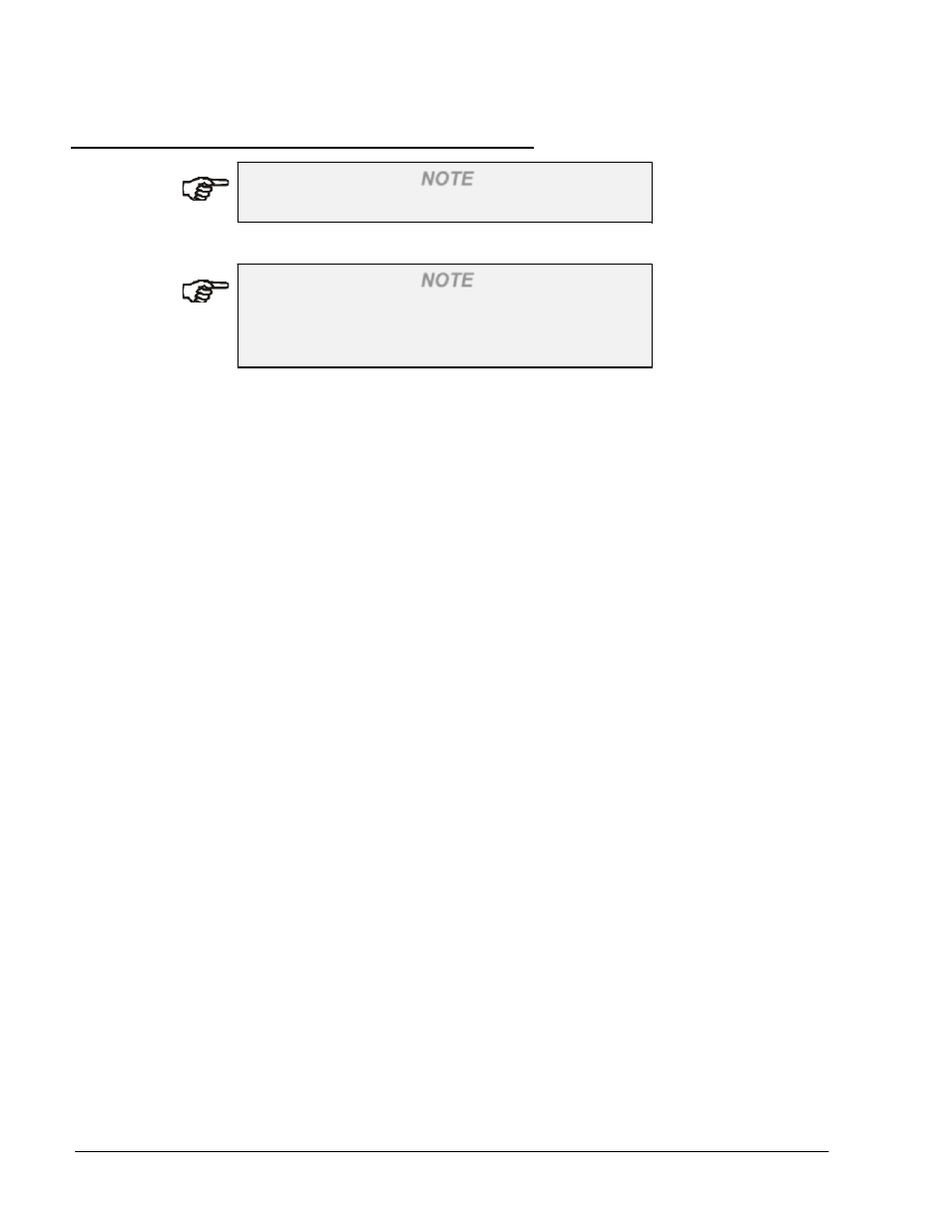Gasboy SiteOmat Maintenance Manual User Manual
Page 192

188
SiteOmat Setup and Maintenance Manual – MDE 4817G
8-4. LOG FILES
NOTE
This section is for advanced users only.
NOTE
Log files are limited on the embedded platform.
Only critical logs are written locally, all other logs
are written on remote host using log server utility.
Both the BOS and the FCC make use of several types of log files to record information during the
running of the system.
Many annotated snippets from actual log files are included in the sections below.
8-4.1. Log File Rotation
In order to keep the size of the log files manageable, all log files in the log folder are “rotated” on a
daily basis. This means that an active log file is “moved aside” by renaming it to include a sequence
number, and a new active log file is opened using the standard name for the log file. (An active log
file has no sequence number in its name.)
For example, old debug.log files are named debug.log.1, debug.log.2 etc. (The lower the sequence
number, the more recent the file.)
Note: Every line in the log files includes a date. When sending a log file to Gilbarco for
trouble-shooting purposes, the date should always be checked inside the file to verify that it is
the correct one.
Old (non-active) log files are kept for a period of 14 days.
8-4.2. Log File Format
8-4.2.1. General
The basic format of a log message is:
Format [Date:Time: Thread ID to track ] Device-name: text
When logging starts, users see a message like the following:
[2007-03-01 05:34:44.093 00011350] Logger started
When logging is enabled, users see a message like the following:
[2007-03-01 05:34:44.093 00011350] Log is now enabled
When logs are disabled, logs are only written to debug.log, and with less detail.
